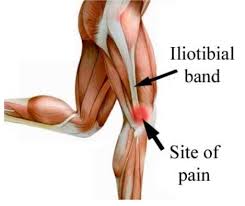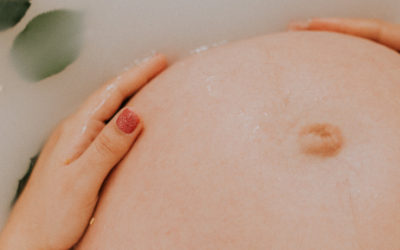Altitude Training: A Competitive Edge for Athletes
Athletes are always seeking a competitive advantage, and many turn to altitude training to gain an edge. For example, before the South Africa World Cup, English football players spent two weeks training in the Austrian Alps. Similarly, many Olympic athletes train at high-altitude centers, such as the United States Olympic Training Centre near Denver, Colorado, the highest city in the United States.
How Altitude Training Works
At high altitudes, the air contains fewer oxygen molecules. To compensate, the body releases erythropoietin (EPO), a hormone from the kidneys, which increases the production of red blood cells (RBCs). Since RBCs carry oxygen throughout the body, more RBCs mean more oxygen is available for muscles and organs. This boosts energy production, fueling exercise more effectively.
Benefits for Endurance Athletes
Many top endurance athletes train in these extreme conditions. Both natural and artificial altitude training have proven effective in enhancing oxygen transport, RBC volume, and VO2max (the maximum rate of oxygen use during exercise). Long-term altitude adaptations include:
- Increased erythrocyte volume and hemoglobin content
- Enhanced oxidative enzyme activity
- Greater mitochondrial volume
- Improved free fatty acid utilization
- Increased capillary density
These changes contribute to better athletic performance.
Duration and Sustainability of Adaptations
The haematological benefits of altitude training are temporary. For instance, world-class biathletes saw increased total hemoglobin and RBC volume after three weeks of altitude training, but these levels returned to baseline 16 days after returning to sea level.
Effective Altitude Training Models
Research has explored various altitude training models, with “Live High-Train Low” (LHTL) showing consistent improvements in haematological parameters and performance in elite and sub-elite athletes. This model has been shown to enhance RBC mass and sea-level endurance performance in runners, orienteers, and swimmers.
Recommendations
Current guidelines suggest training at altitudes of 2500 to 3000 meters above sea level for optimal benefits. Athletes should spend at least 12 hours per day at altitude or in hypoxic conditions.
Conclusion
Altitude training is a popular method among elite endurance athletes due to its positive impact on performance. However, the effectiveness and best practices for altitude training are still under research, and individual responses to altitude training can vary widely.
References
- Bailey DM, Davies B. Physiological implications of altitude training for endurance performance at sea level: a review. Br J Sports Med 1997;31:183–90
- Heinicke K, Heinicke I, Schmidt W, Wolfarth B. A three-week traditional altitude training increases hemoglobin mass and red cell volume in elite biathlon athletes. Int J Sports Med 2005;26:350–5
- Chapman RF, Stray-Gundersen J, Levine BD. Individual variation in response to altitude training. J Appl Physiol (1985) 1998;85:1448–56
- Levine BD, Stray-Gundersen J. “Living high-training low”: effect of moderate-altitude acclimatization with low-altitude training on performance. J Appl Physiol 1997;83:102–12.
- Chapman RF, Karlsen T, Resaland GK, Ge R-L, Harber MP,Witkowski S, et al. Defining the “dose” of altitude training: how high to live for optimal sea level performance enhancement. J Appl Physiol 2014;116:595–603
- Wehrlin JP, Zuest P, Hallén J, Marti B, Live high-train low for 24 days increases hemoglobin mass and red cell volume in elite endurance athletes. J Appl Physiol 2006;100:1938–45
- Rodríguez FA, Iglesias X, Feriche B, Calderón-Soto C, Chaverri D, Wachsmuth NB, et al. Altitude training in elite swimmers for sea level performance (altitude project). Med Sci Sports Exerc 2015;47:1965–78.
- Dufour SP, Ponsot E, Zoll J, et al. Exercise training in normobaric hypoxia in endurance runners. J Appl Physiol 2006;100:1238–1248.
- Sinex J, Chapman RF. Hypoxic training methods for improving endurance exercise performance: review. Journal of Sport and Health Science 4 2015;325–332.



